|
In September of 2025, my work is generating the most income it ever has in my career. Yet, I'm being forced to shut down my successul operation, against my will, due to one cause alone: 95% of that revenue is being stolen by piracy and copyright infringement. I've lost more than $1 million to copyright infringement in the last 15 years, and it's finally brought an end to my professional storm chasing operation. Do not be misled by the lies of infringers, anti-copyright activists and organized piracy cartels. This page is a detailed, evidenced account of my battle I had to undertake to just barely stay in business, and eventually could not overcome. It's a problem faced by all of my colleagues and most other creators in the field. |
In 2023, I passed the 30-year mark in my storm chasing career which started on July 28, 1993. I assembled this page to mark the milestone, remember some of the "old ways" of the activity and show what I consider to be the "catch of the year" in each of those seasons.
On a related note, this web site will turn 30 years old this October. Read about how this site has grown and changed over the last 3 decades.
I started out in 1993 as a lightning photographer. The first camera I used for storms was an all-manual 35mm film Pentax K1000 SLR with a 50mm and a 28mm wide-angle lens. It was a graduation gift from my grandparents.
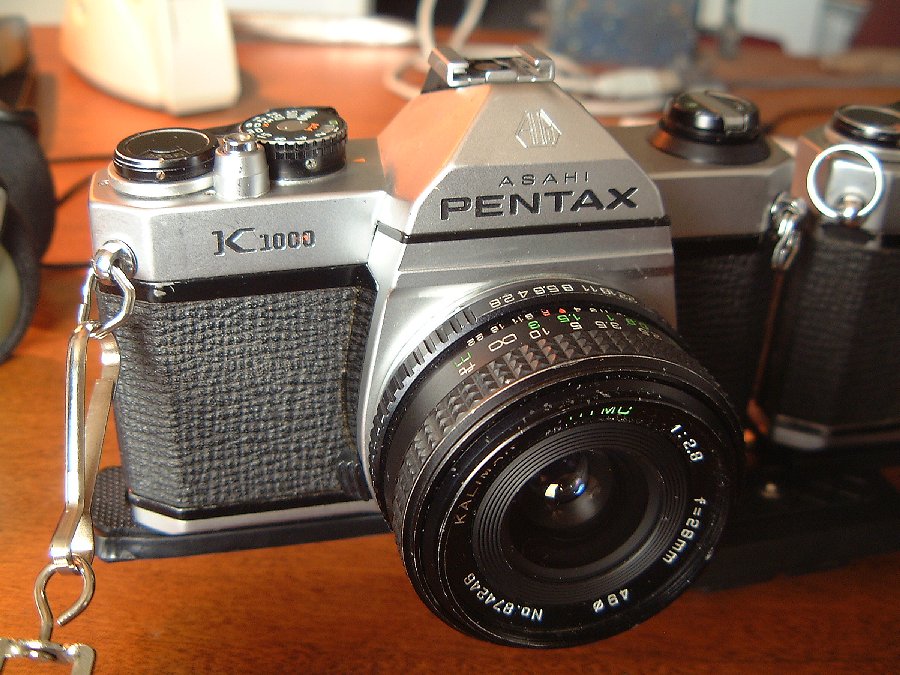
One of my favorite books, All About Lightning by Dr. Martin Uman, had a section on how to photograph lightning. Once I had the camera, I was anxious to try these tips with the first storms we had. On my first storm outing, I drove to the top of a ridge east of Washington, Pennsylvania (near Pittsburgh) and shot what turned out to be a top-tier lightning show (even by my standards today):
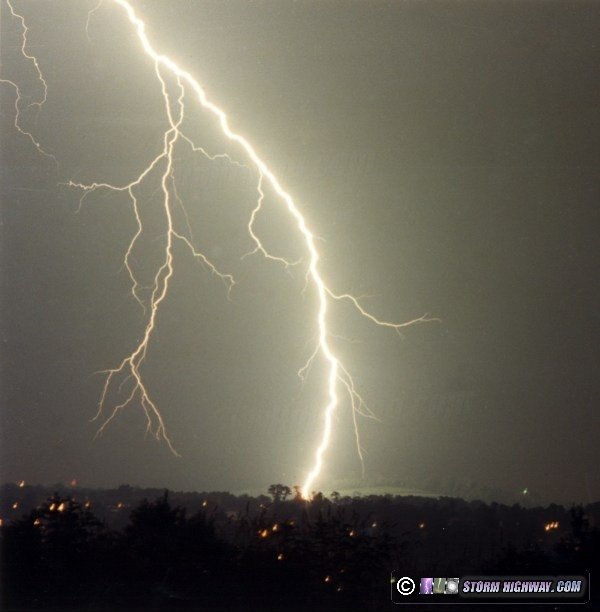
For the first several years, I used 100 ASA Kodak print film. You could purchase this film literally anywhere, including at any gas station and grocery store. In the film era, you didn't know what you had captured until you took the roll of film to a lab to have it developed. I always took it to a 1-hour lab so I had the shortest wait time possible to see the results from each storm.

Kodak negative of close lightning in 1998
In 2000, I switched to Fuji Sensia 100 slide film, still using the same type of manual SLR camera (either the Pentax K1000 or Minolta SRT-201). Unlike print film which you could take to any standard 1-hour lab, developing slide film was much more specialized. Only professional labs could do it, and it took much longer (usually a day or two) to get the developed & mounted slides back. Unlike film negatives, you didn't get prints back when having slides developed - those cost extra. That meant getting a good look at your slide captures required either a handheld viewer, a magnifier with a light table or paying the cost of having prints made.

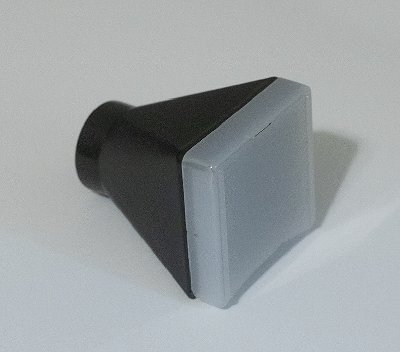
35mm slide of Ohio lightning; slide viewer
If any slides were good enough, I'd take them back to the lab to have 8x12 prints made and/or have them scanned into a digital files so I could post them to my web site. That whole process between capturing the shots and seeing them for the first time in high-resolution sometimes took 2 weeks!
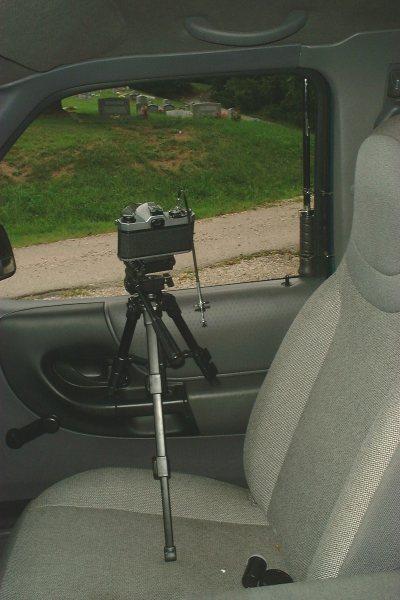
Lightning photography setup in summer of 2002
Weather data & communications: Before the internet/cell phone era, I relied heavily on NOAA Weather Radio for information. I listened to it several times daily (from the Charleston NWS station) on one of my grandfather's old Radio Shack scanners. I would prepare for a night of shooting when the broadcast mentioned any chance of storms. That was the extent of my "forecasting" in those first few years. In those days, the broadcasts were recorded by the actual meteorologists on staff, and they would often give close-to-realtime updates on where storms were and where they were headed. So, once I was on the road, I would leave the weather radio going on the scanner for virtually the entire outing.
By the early 2000s, I had more access to weather data and radar via (dialup) internet at home. Once I was on the road, I was again mostly using NOAA Weather Radio. Though by this time, the broadcasts were more automated and the current updates on what storms were doing became less frequent. By then though, I had several photographer friends who could act as nowcasters, in other words, provide me realtime updates on radar and other information via cell phone from their 'home base'. I also spent many an evening at home returning the favor for them when they were out.
A tool that was indespensable in those early years was my car's AM radio to listen for sferics produced by lightning. With AM radio sferics, you could discern the distance and frequency of lightning nearby, even if you couldn't see a storm visually. On many outings, I could use this to tell if a storm was dissipating or maintaining strength, and therefore know whether I should stay out or go home. It was always thrilling to be driving toward a storm while hearing it go crazy with sferics on the radio!
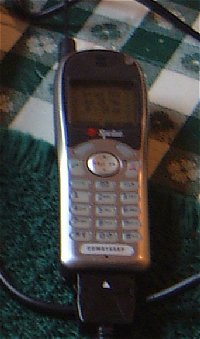
2003 cell phone
Starting in 1999, I finally had a cell phone with me on the road. Before then, I was completely without mobile communication aside from my CB radio (which was mainly a way to communicate with other chasers I was caravanning with in the Plains). Up until the late 2000s, cellular signal coverage in the areas I was traveling in was often non-existent (in rural West Virginia and the Great Plains). Many times I had to stop and use a pay phone to contact my nowcaster friends, either using a calling card or spare change. In those days, voice-only flip phones were the norm - internet data access with them was either not possible or very expensive - and extremely slow if you did have it, as in taking 5 minutes to download a single visible satellite image! And of course, extra roaming charges for calls were frequently a thing if you were outside of your home carrier's range.
Before the era of mobile data, public libraries were mainstays for chaser weather information. Most libraries, even in the smallest towns, have computer workstations with internet access that are open to the public. Most of my Plains storm days saw stops at one or more libraries. By the late 2000s, WIFI hotspots were becoming more common, so a McDonald's, Starbucks or even a FedEx Kinkos became my replacements for the library stops (some of those required paying a small fee). In more remote areas, sometimes I would have to find a hotel willing to let me borrow their WIFI - some allowed it, some wouldn't! The Hampton Inn in Beckley, West Virginia was always a gracious WIFI host for my many winter weather trips there in the mid to late 2000s. My first two laptops didn't have built-in WIFI, so I used an external USB adapter with an antenna.
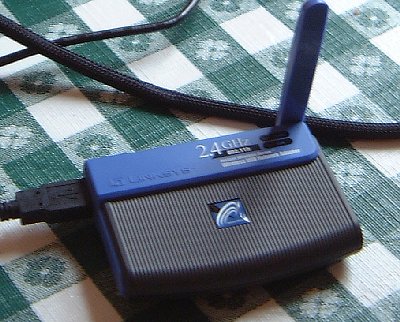
WIFI adapter in 2004
Online communities: In 1999, I joined the Lightning List, an email listserver group dedicated to lightning photography (originally on eGroups, later on Yahoo Groups). At the urging of my friends I'd made on that venue, I made my first trip to the Great Plains in 2001. I returned each year following and saw my first tornadoes in 2004. I joined the WX-CHASE listserver in 2000 and the Stormtrack forums in 2003. Stormtrack became the primary online gathering place for the storm chasing community in the 2000s and early 2010s. Today Stormtrack is still going, but sadly the Lightning List was lost when Yahoo discontinued their listserver group platform. WX-CHASE still exists, but sees very little use in the present day.

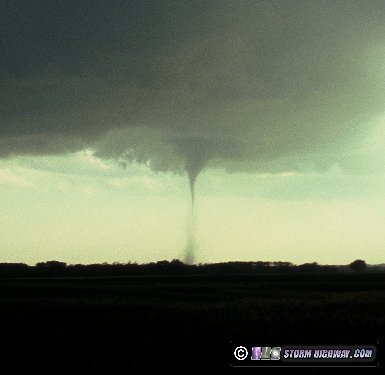
Crossing into a Great Plains state (Oklahoma) for the first time, May 2001; 35mm slide of first tornado on May 12, 2004
Video notes: Before I bought my first serious video camera in 2003, I didn't do much with video. The only cameras I had for this were my family's old mid-1990s VHS-C camcorder and my 2000 Fuji Finepix digital point-and-shoot that could take low-resolution AVIs. I didn't take the VHS-C camera with me on most outings, and it was difficult to get the video captured into a computer to share online (using a VHS-C-to-VHS adapter, a VCR and an analog capture card). I focused mostly on getting lightning stills in those years.
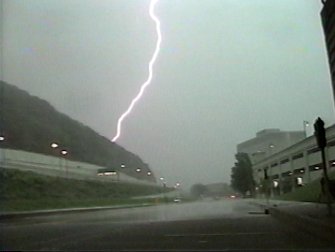
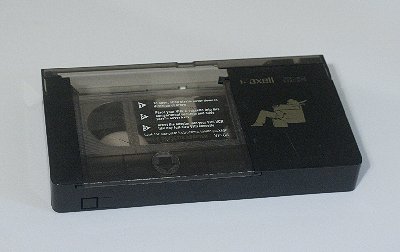
VHS-C lightning capture; VHS-C to VHS adapter
In 2002, I started getting regular calls and emails from television production companies who had found my web site and were looking for storm footage for shows on channels like Discovery and National Geographic. So, in 2003, I decided to invest in a broadcast-quality video camera (a Sony TRV900) so I would have something to provide for those callers, and thus began my ENG (electronic news gathering) and stock video career. The TRV900 enabled me to shoot broadcast-quality 720x480 standard-definition video. At that time, it was one of the cheapest cameras you could buy that satisfied the minimum requirements of broadcast television clients.
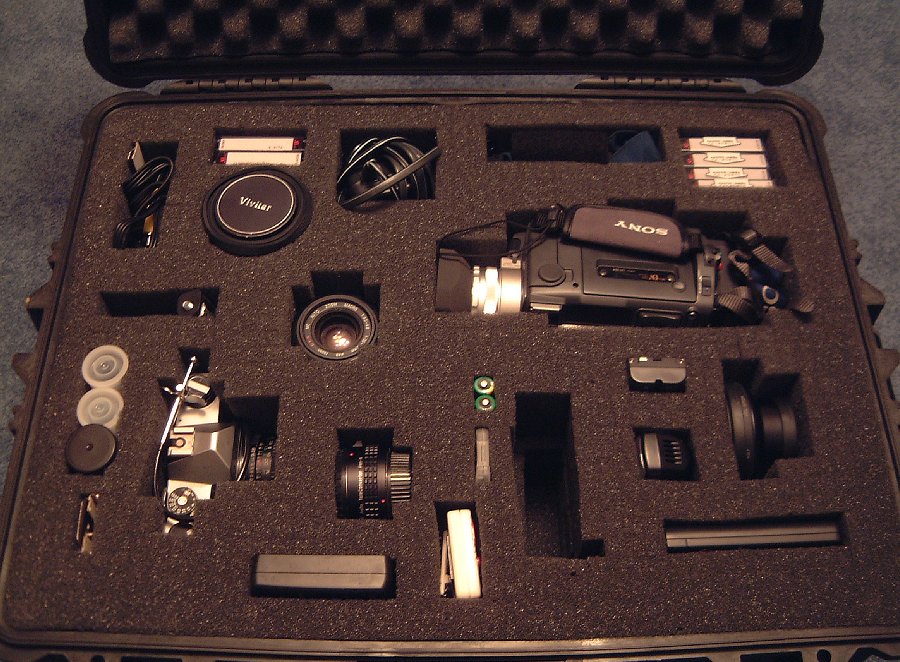
2003-era video and photography case
My video career quickly snowballed: in 2004 and 2005, I shot weather footage for TV nearly full-time and was able to buy better cameras each of those years (the Sony VX2100 in 2004 and the Sony HDR-FX1 in 2005). Through this work, I was introduced to the icy road subject, which resulted in the icyroadsafety.com awareness effort.
From 2003 to 2011, my video cameras recorded to MiniDV tapes. The size of my tape library is a testament to how active that era was! I bought my first high-definition camera (1080i) in 2005, moved to 4K in 2016 and finally acquired a high-speed camera for shooting lightning in 2019.
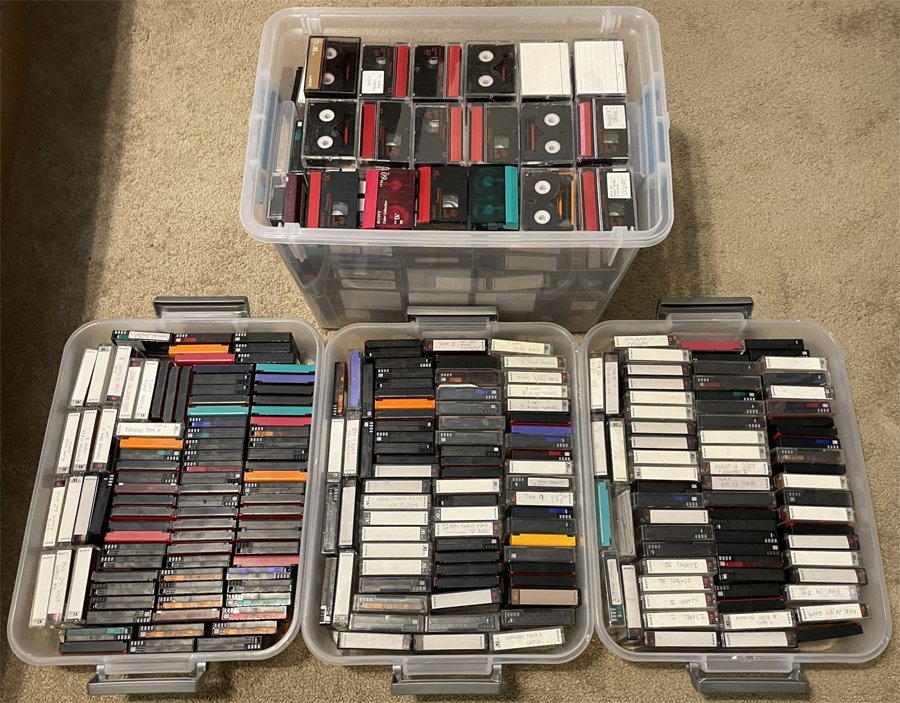
2003-2011 MiniDV tapes
Navigation: For the first 9 years of my career, I used paper maps for navigation. I had several DeLorme Gazetteers (large map books) for the USA and West Virginia, Kansas and Oklahoma. These were very popular with storm chasers in the 1990s. I was finally able to begin using GPS in 2004 with DeLorme StreetAtlas software on my laptop.
There have been many changes along my travel routes since I started in 1993. US 35 in West Virginia and Ohio is now a 4-lane highway for its entire length, a long way from its mostly 2-lane configuration during my first years driving on it. Short sections of Interstate 44 in Missouri and Oklahoma have been realigned, with the old highway segments abandoned. In the St. Louis metro area, the new Busch Stadium changed the skyline, the old classic Shrewsbury gasometers were torn down, the Green Mount Road exit on the Illinois side went from cornfields to a major retail/medical district, and the upgrading of Highway 40 (Interstate 64) provided a new route westbound into Kansas. Dozens of two-lane roads in the Great Plains have been upgraded to four-lane highways, and countless wind farms have sprung up all over. Devon Tower has transformed the Oklahoma City skyline. Speed limits on the interstates en route to the Plains were mostly 65mph when I made my first trip, they are now all 70 to 75mph.
Vehicles: My first storm chasing outings were in my family's 1986 Chevrolet Caprice station wagon, and most of my chases up until 2000 were in my grandparent's old 1985 Buick LeSabre station wagon. My 2000 Ford Ranger pickup carried me through 2000 to 2005, including on my first Great Plains and hurricane chases. From 2005 to 2009, my home-on-the-road was a 2005 Ford Freestyle wagon, followed by a second Ranger pickup from 2009 to 2012. A small but fuel-efficient 2010 Toyota Yaris provided 300,000 reliable miles on my journeys between 2012 and 2019.
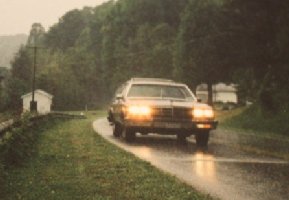
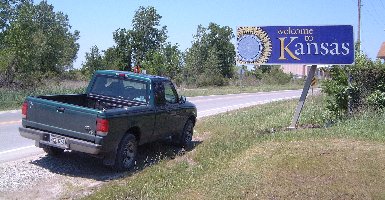
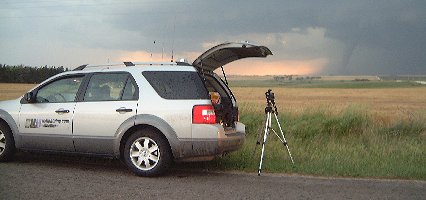
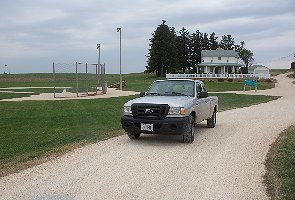
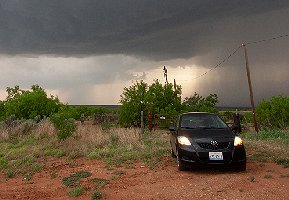
Although the vast majority of my travels have been solo, there are some colleagues who were influential in the journey. I credit fellow lightning photographer Bill Coyle for talking me into venturing outside of my West Virginia home range and to the Great Plains for the first time in 2001. My Tulsa friends Dave Crowley, Justin Teague and Greg McLaughlin were instrumental in my learning the ropes of chasing supercells and tornadoes during my first few seasons on the Plains.
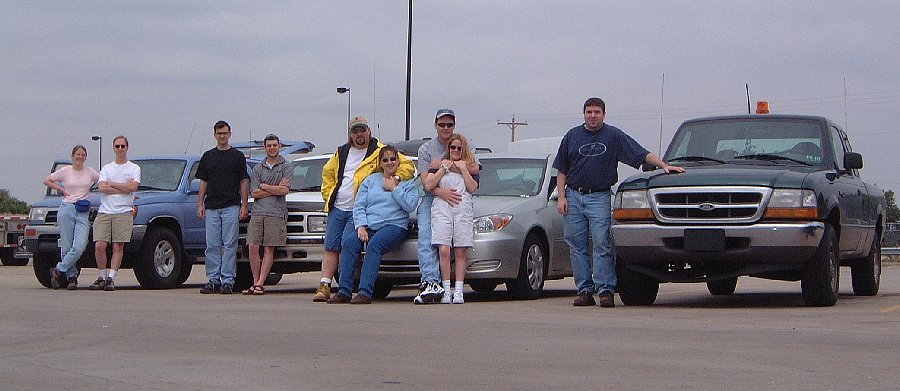
2002 Great Plains trip
Looking back on the past 30 years, I can't characterize my career in storm chasing as anything other than one of great blessing. I've seen and captured every storm shot I'd ever dreamed of, and far beyond that! I've had the privilege of witnessing, experiencing and being a part of far more than I ever imagined. It has been a satisfying journey of adventure that I look forward to continuing as long as I'm able.
30 Years: Best of Each Year: You can click on any of these for a full list of storm chases from that year: